Fishing is a popular outdoor activity enjoyed by many people around the world. One of the essential skills that every angler must learn is how to string a fishing pole. Whether you are a beginner or an experienced fishing enthusiast, knowing how to string a fishing pole is crucial to having a successful fishing experience.
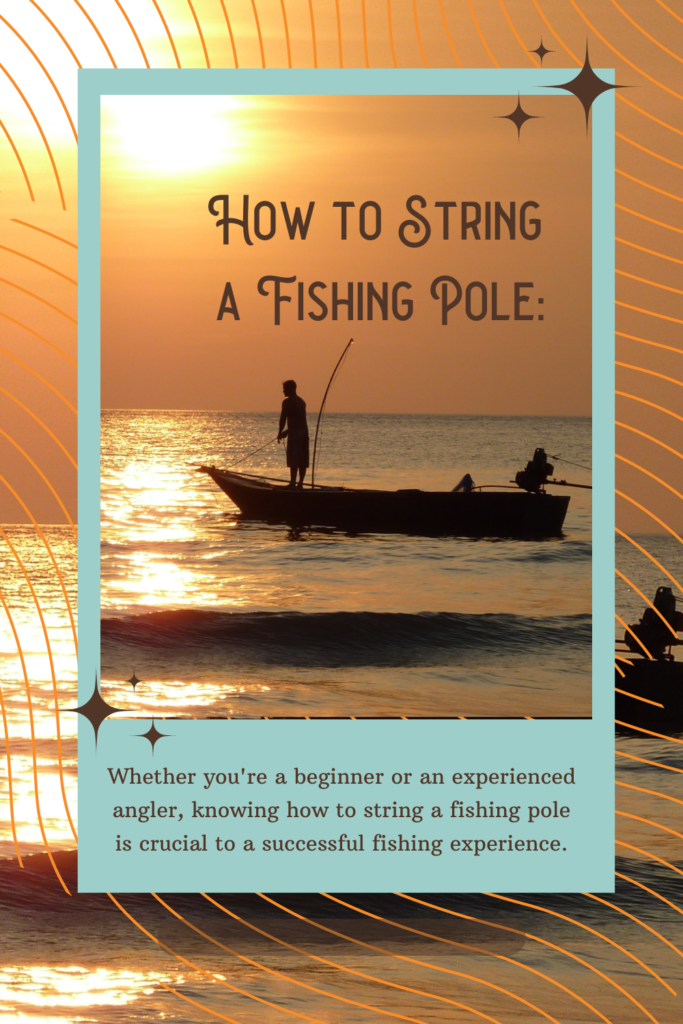
Stringing a fishing pole involves loading the reel with line and threading the line through the rod guides, which can be a bit daunting for beginners. However, with a bit of patience and the right equipment, anyone can learn how to string a fishing pole like a pro. In this article, we will provide step-by-step instructions on how to string a fishing pole, as well as tips and tricks to make the process easier and more efficient. Whether you are a beginner or an experienced angler looking to refresh your skills, this article will provide you with all the information you need to string a fishing pole like a pro.
Choosing the Right Fishing Line
When it comes to fishing, choosing the right line is just as important as selecting the right pole. There are different types of fishing lines available in the market, and each has its own set of advantages and disadvantages. Understanding the different types of lines and matching their strength to your pole can help you make the right choice.
Understanding Line Types
The three most common types of fishing lines are monofilament, braided, and fluorocarbon. Monofilament lines are the most popular because they are affordable and easy to use. They are also versatile and can be used for different types of fishing. Braided lines are known for their strength and sensitivity, making them ideal for catching big fish. Fluorocarbon lines are almost invisible in water, making them perfect for catching fish that are easily spooked.
Matching Line Strength to Your Pole
The strength of your fishing line should match the strength of your pole. The strength of a fishing line is measured in pound test, which refers to the amount of weight the line can hold before breaking. As a general rule, the line should be able to hold at least the same weight as the pole. For example, if you have a pole that can handle 10 pounds of weight, you should use a line with a pound test of at least 10 pounds.
In addition to strength, abrasion resistance and sensitivity are also important factors to consider when choosing a fishing line. Abrasion resistance refers to the line's ability to withstand the wear and tear of underwater obstacles, such as rocks and weeds. Sensitivity refers to the line's ability to transmit vibrations from the fish to the angler, allowing them to feel when a fish bites.
Read More: Basics of Fishing – A Clear and Confident Guide
Casting distance is another important factor to consider when choosing the right line. Thicker lines are more visible and can reduce casting distance, while thinner lines are less visible and can improve casting distance.
Overall, choosing the right fishing line depends on the type of fishing you will be doing, the size of the fish you are targeting, and the conditions of the water. By understanding the different types of lines and matching their strength to your pole, you can improve your chances of catching the fish you want.
Setting Up Your Fishing Pole
Before you can start fishing, you need to set up your fishing pole. This involves attaching the line to the reel and threading the line through the rod guides. Here's how to do it:
Attaching the Line to the Reel
First, you need to attach the line to the reel. To do this, tie an arbor knot around the spool of the reel. This will keep the line from slipping off the spool when you're reeling in a fish.Next, tie a uni knot to attach the line to the reel. This knot is strong and will keep the line from slipping. Make sure to tighten the knot so that it's secure.Once you've attached the line to the reel, you need to wind the line onto the spool. Make sure to keep the line tight as you wind it onto the spool. This will prevent tangles and ensure that the line is evenly distributed on the spool.
Threading the Line Through the Rod Guides
To thread the line through the rod guides, start by inserting the end of the line through the first guide closest to the reel.
Read More: Best Drones for Fishing
Then, work your way up the rod, inserting the line through each guide as you go. Make sure to keep the line tight as you thread it through the guides. This will prevent tangles and ensure that the line is properly tensioned.
Securing and Testing the Setup
After stringing the fishing pole, the next step is to secure the line and test the setup. This involves tying the knot, adjusting the drag, and testing the tension.
Tying the Knot and Trimming Excess Line
The knot is an essential part of securing the line to the reel. The clinch knot or the improved clinch knot are popular options that provide a secure hold. To tie the knot, the angler should pass the line through the hook or lure eye, then twist the tag end around the standing line for five to seven turns. After passing the tag end through the loop created, the angler should moisten the knot and pull it tight. Once the knot is secure, the angler can trim the excess line close to the knot, leaving only a small tag.
Adjusting the Drag and Testing Tension
The drag setting is crucial for catching fish. It is the mechanism that controls the amount of resistance the fish feels when it pulls on the line. To adjust the drag, the angler should turn the drag knob on the reel until the desired resistance is achieved. It is essential to ensure that the drag is not too tight or too loose as it can affect the accuracy of the cast and the angler's ability to catch fish.
After adjusting the drag, the angler should test the tension by casting the line into the water and tugging on it gently. If the line is properly set up, the weight should stay attached to the line, and the line should not be too tight or too loose. It is also crucial to ensure that the knot at the end of the line is secure.
In summary, securing and testing the setup is an essential step in stringing a fishing pole. By tying the knot, adjusting the drag, and testing the tension, the angler can ensure that the line is secure and ready for casting.
Frequently Asked Questions About How to String a Fishing Pole
What is the correct way to set up a fishing rod for beginners?
To set up a fishing rod for beginners, start by selecting the appropriate fishing line and hook for the type of fish you want to catch. Then, attach the hook to the line using an appropriate knot. Next, tie a weight to the end of the line and cast the line into the water. Finally, wait for a fish to bite and reel it in.
Can you show how to string a fishing pole with a spinning reel?
To string a fishing pole with a spinning reel, start by attaching the reel to the rod and threading the line through the guides on the rod. Next, tie the line to the spool of the reel using an arbor knot. Then, close the bail on the reel and reel in the line to ensure that it is properly set up.
What are the steps to string a fishing pole for bass fishing?
To string a fishing pole for bass fishing, start by selecting an appropriate line and hook for the type of bass you want to catch. Next, attach the hook to the line using an appropriate knot. Then, tie a weight to the end of the line and cast the line into the water. Finally, wait for a bass to bite and reel it in.
How do you string a closed reel fishing pole?
To string a closed reel fishing pole, start by attaching the reel to the rod and threading the line through the guides on the rod. Next, tie the line to the spool of the reel using an arbor knot. Then, close the bail on the reel and reel in the line to ensure that it is properly set up.
What is the proper method to set up a fishing rod with hook and sinker?
To set up a fishing rod with a hook and sinker, start by selecting an appropriate line, hook, and sinker for the type of fish you want to catch. Next, attach the hook to the line using an appropriate knot. Then, attach the sinker to the line using an appropriate knot. Finally, cast the line into the water and wait for a fish to bite.
What is the fishing rod string called?
The fishing rod string is commonly referred to as fishing line. Fishing line comes in various strengths and materials and can be selected based on the type of fish being caught and the fishing conditions.
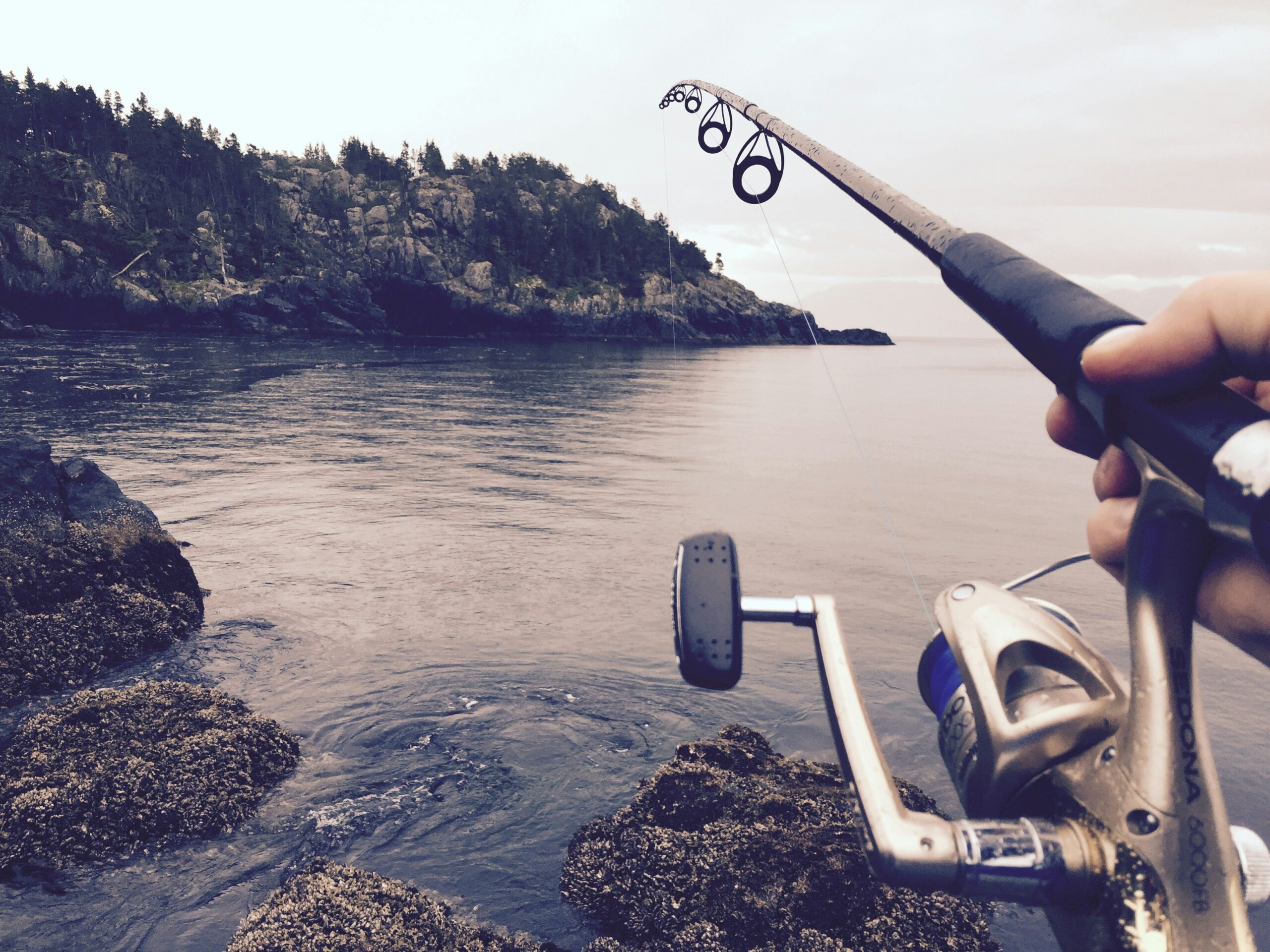
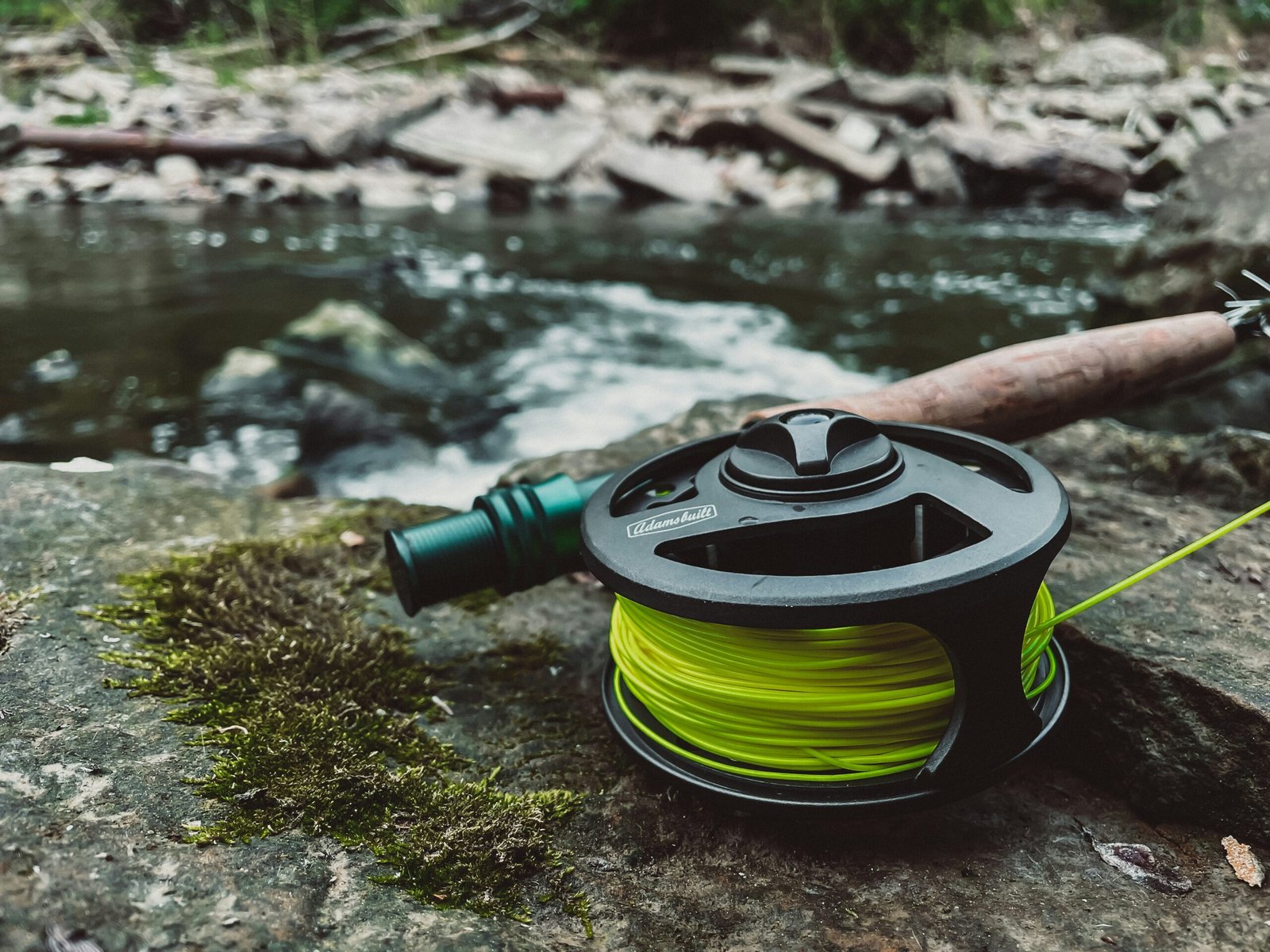
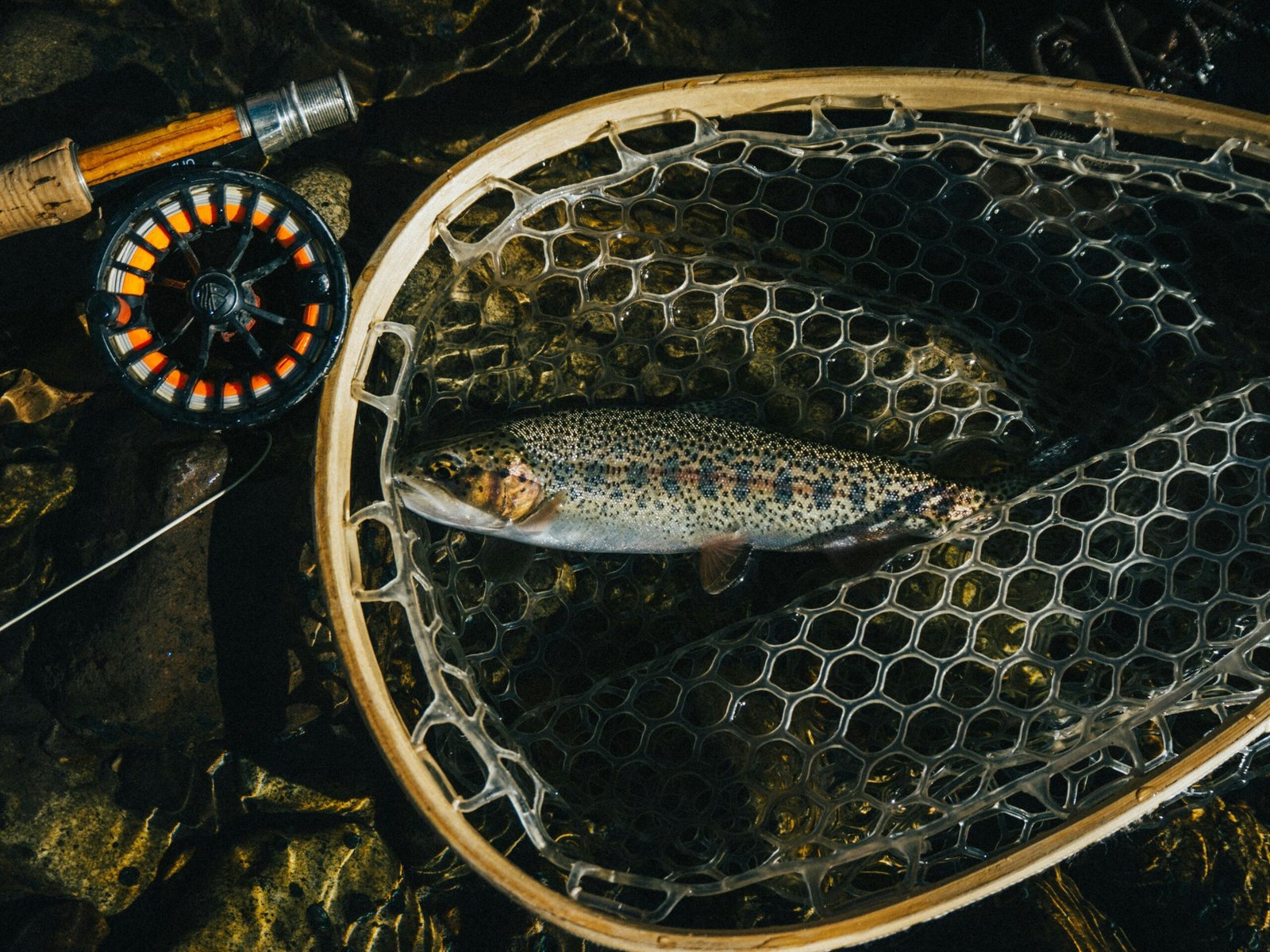

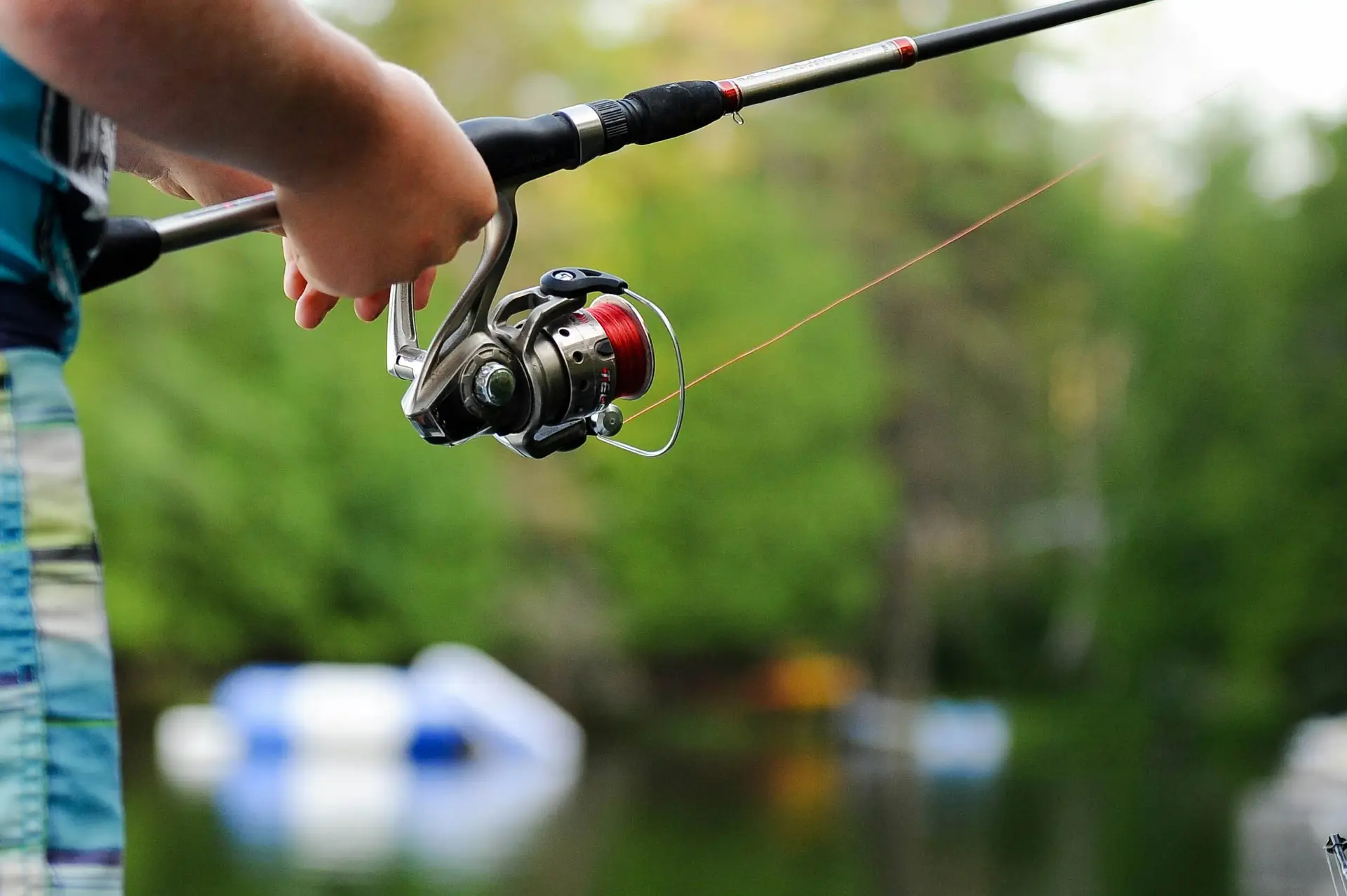
2 thoughts on “How to String a Fishing Pole: A Step-by-Step Guide”